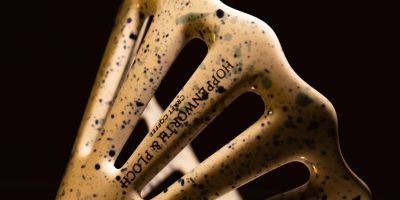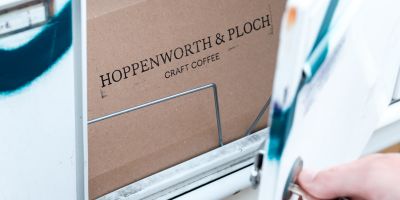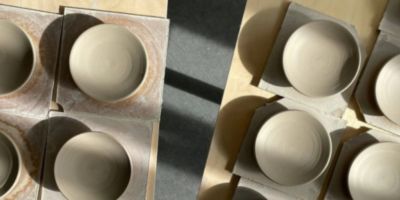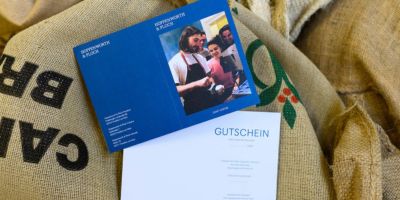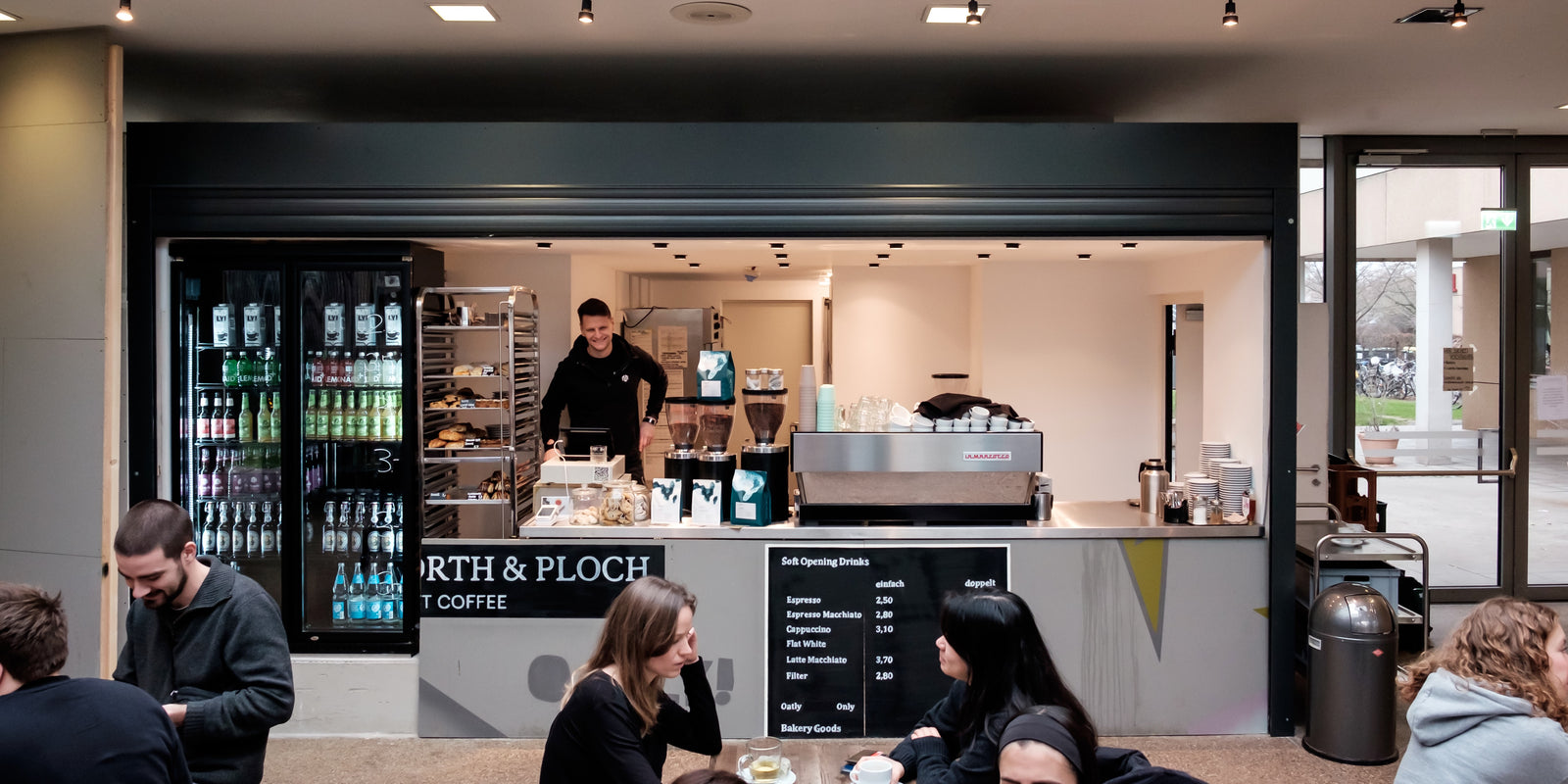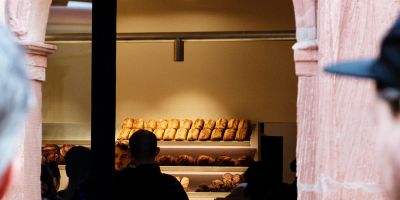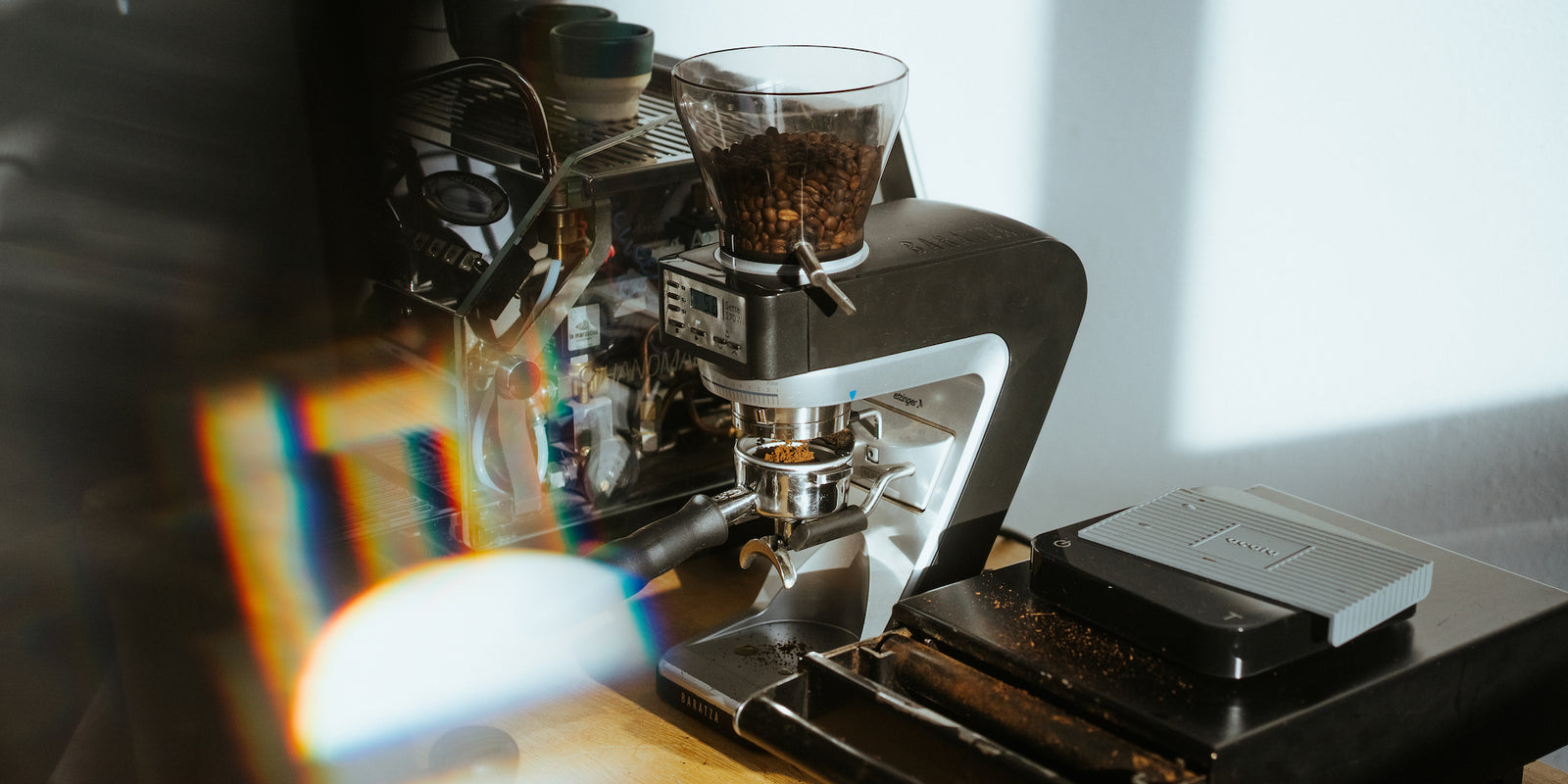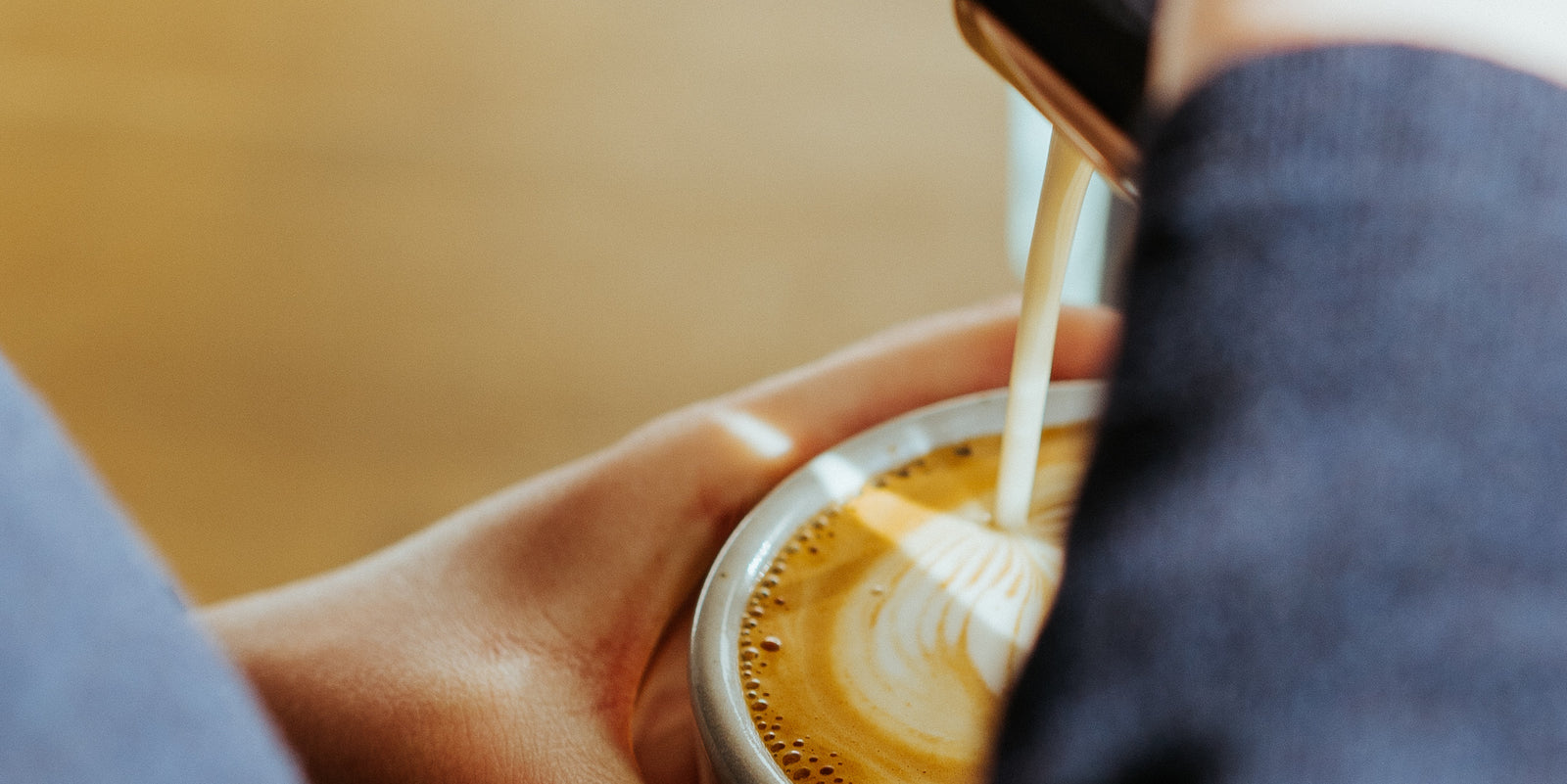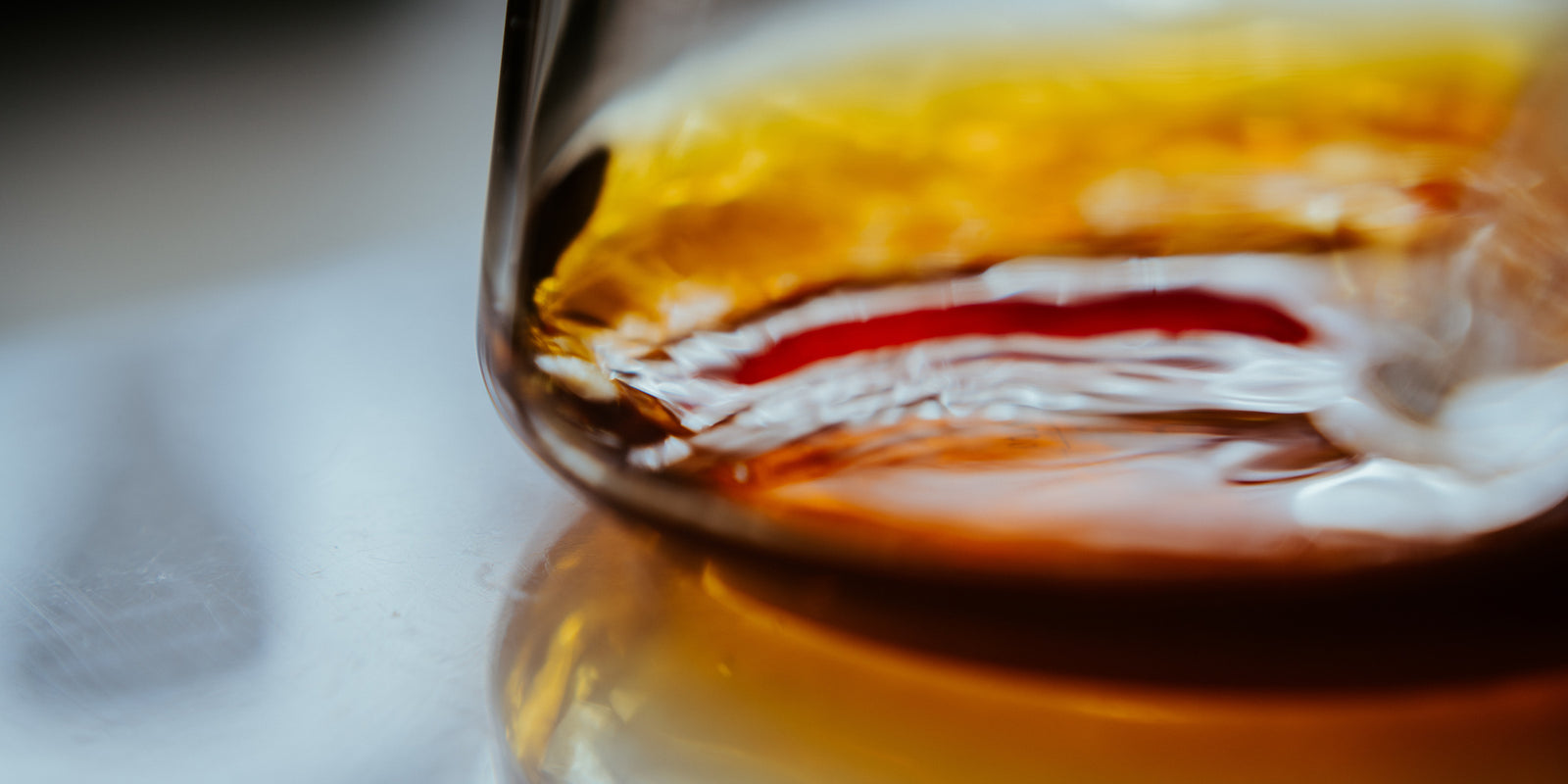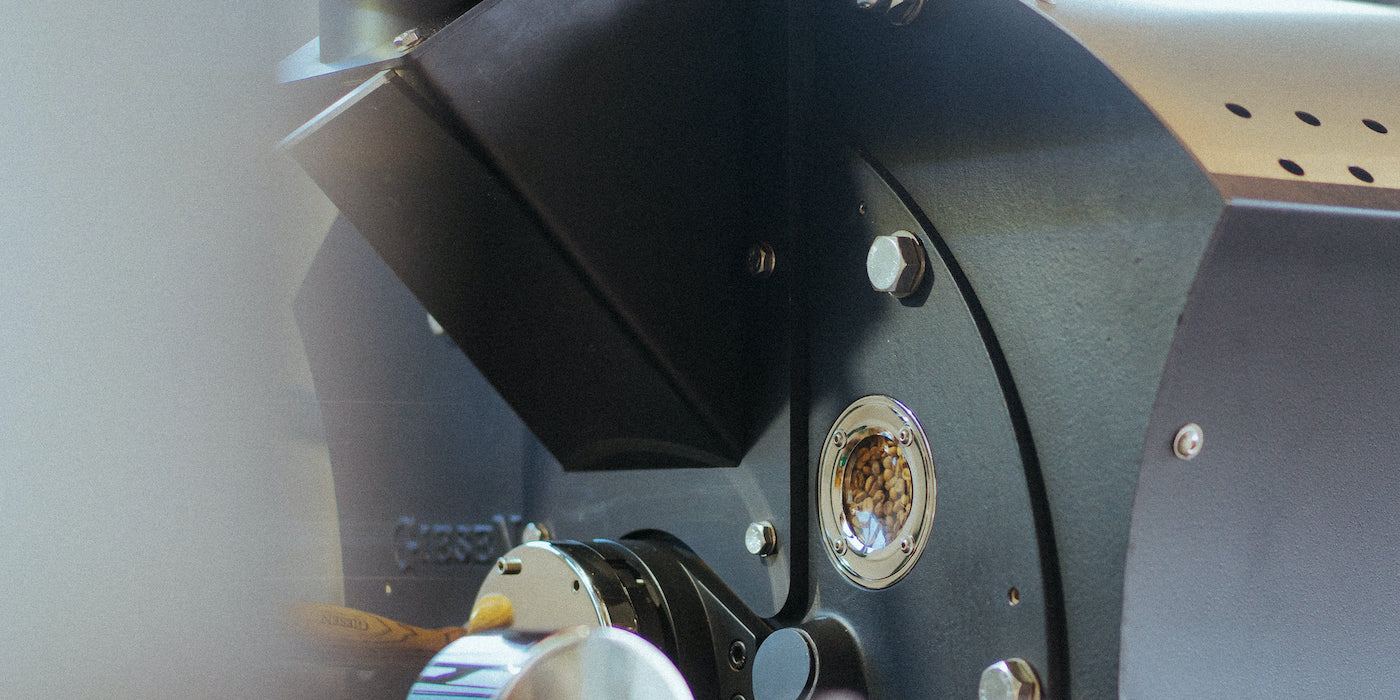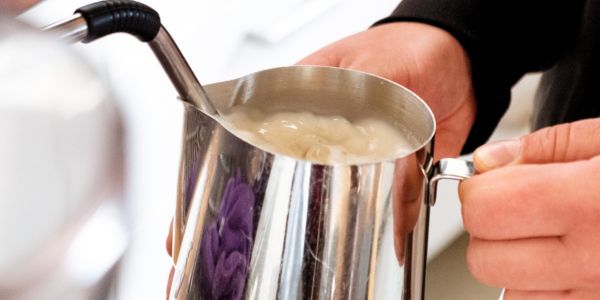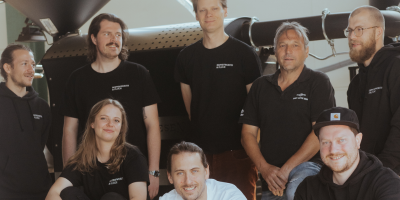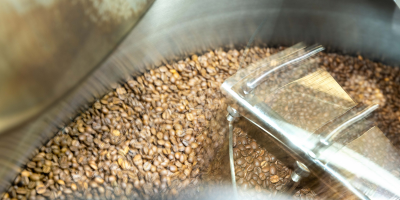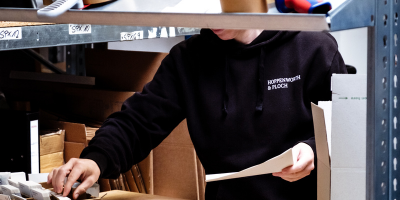Your Cart is Empty
New seminar dates every first friday of the month! // Free international shipping available
New seminar dates every first friday of the month! // Free international shipping available
Kurse & Seminare
About Us
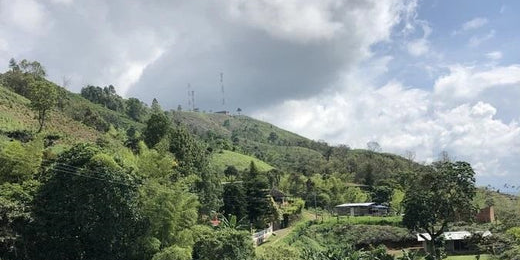
Anaerobic coffee - how fermentation works without oxygen
May 29, 2020 3 min read
Anaerobic coffee - how fermentation works without oxygen
Anaerobic fermentation of coffee is a relatively new phenomenon in the world of coffee. With the popular El Paraiso, an anaerobic coffee from Colombia, we already had an anaerobically fermented coffee in our programme in the past. What is special about anaerobic coffees is their intense flavour and their unusual aroma profiles. For example, Samuel Bermudez's El Paraiso reminded us of strawberry jam and pomegranate.
Anaerobic coffees are particularly exciting from countries where coffee is otherwise more classic. Santa Lucia from Brazil for example surprised with tastes of honeydew melon and cane sugar and thus has little in common with the classic chocolatey-nutty coffee from Brazil.
Anaerobic fermentation of coffee explained
Anaerobic initially means without oxygen. So the coffee beans are fermented in locked steel containers to the exclusion of external oxygen. The oxygen produced by the fermentation can escape to the outside through an oxygen valve. The producers have a lot of influence on the sugar content, the temperature, the pressure and the time of fermentation.
But there are also differences in the anaerobic processing of coffee. In some cases, the coffee beans are removed from the coffee cherry before fermentation. The so-called mucilage (natural sugar layer around the coffee bean) is separated and then placed over the coffee beans in the fermentation tanks. This is what happens with El Paraiso. In other cases, such as our Santa Lucia, the coffee cherries are placed whole in the tanks and fermented. The method used depends on the producer and also on the intended taste of the fermentation.
Regardless of the anaerobic fermentation process, a long drying phase follows, during which the moisture content of the beans is constantly monitored so as not to jeopardise the result of the anaerobic treatment.
Process of anaerobic fermentation of coffee, exemplified by Santa Lucia:
- Selective picking of coffee cherries by hand - only cherries at the peak of their ripeness are harvested.
- For the long fermentation, a high sugar content of the cherries is required, therefore they are examined for their Brix values (unit of measurement for the relative density of liquids)
- Double sorting of the cherries according to (a) density and (b) size
- The whole cherries are placed in airtight steel vats with an air valve through which the oxygen produced during fermentation can escape. No artificial yeast cultures are added.
- The coffee cherries are fermented in the barrels for 72h, with the pH value determining the end of the fermentation - only when a certain pH value is reached are the cherries removed from the steel barrels. This is usually reached after 72 hours.
- The coffee cherries are then dried, during which the moisture content is measured regularly to ensure optimal drying.
Conclusion - is anaerobic fermentation of coffee worthwhile?
All in all, the anaerobic fermentation of coffee is a very complex process that requires a lot of experience, equipment and know-how that only very few farmers have. And not only the process itself is complex. During harvesting, for example, only the ripest coffee cherries can be harvested without defects, as a particularly high sugar content is required for fermentation. But when used correctly, anaerobic fermentation leads to exciting coffees and completely new taste experiences that we are not familiar with from other types of processing (e.g. washed coffee). Anaerobic coffee is definitely something special and worth trying.
Join our Coffee Crew
10% discount on your first coffee order.And more: Sign up for our newsletter and never miss coffee releases, offers and background stories again.

Never miss out on great coffee again!
A new, freshly roasted coffee delivered to your home every month? Whether you prefer filter or espresso, our coffee subscription takes you on a regular sensory world tour through the world of coffee — with free worldwide shipping!


